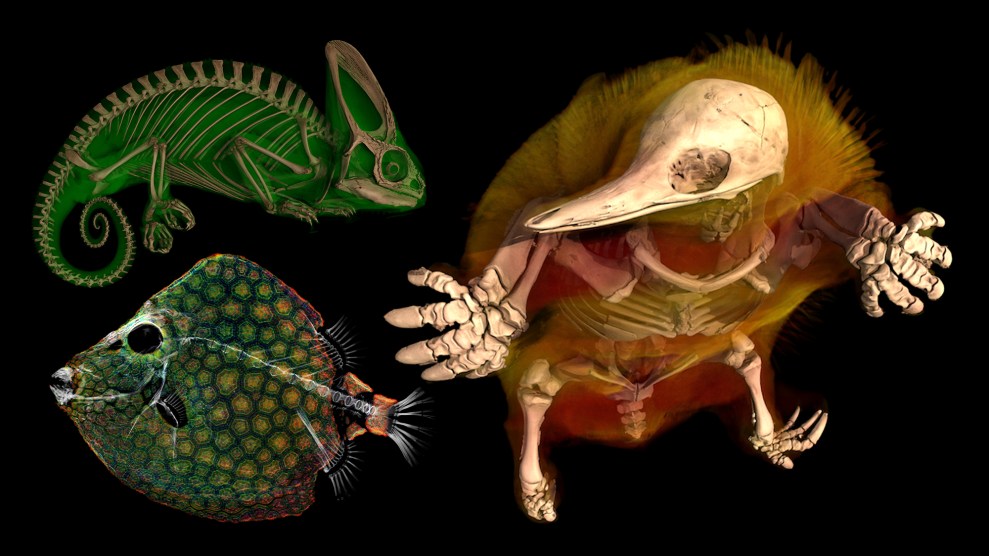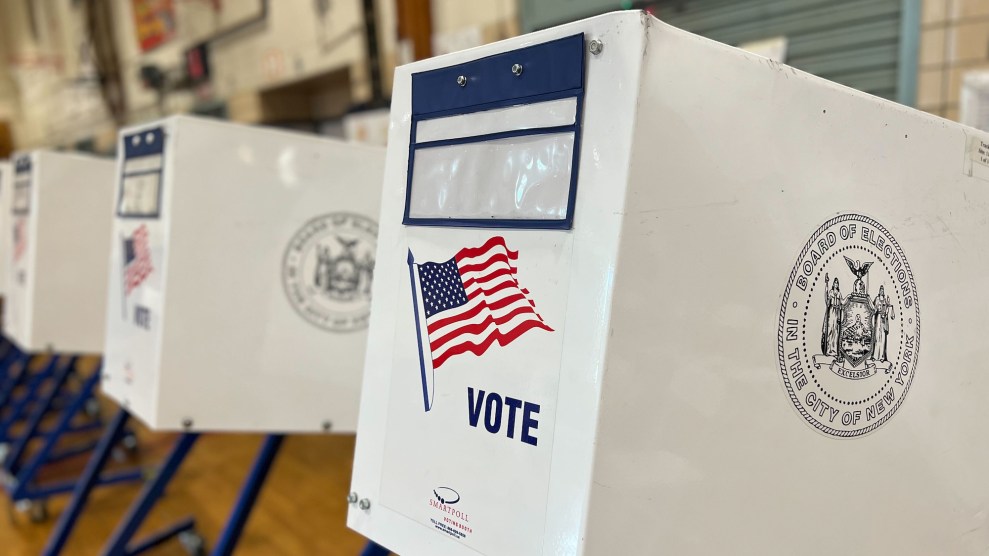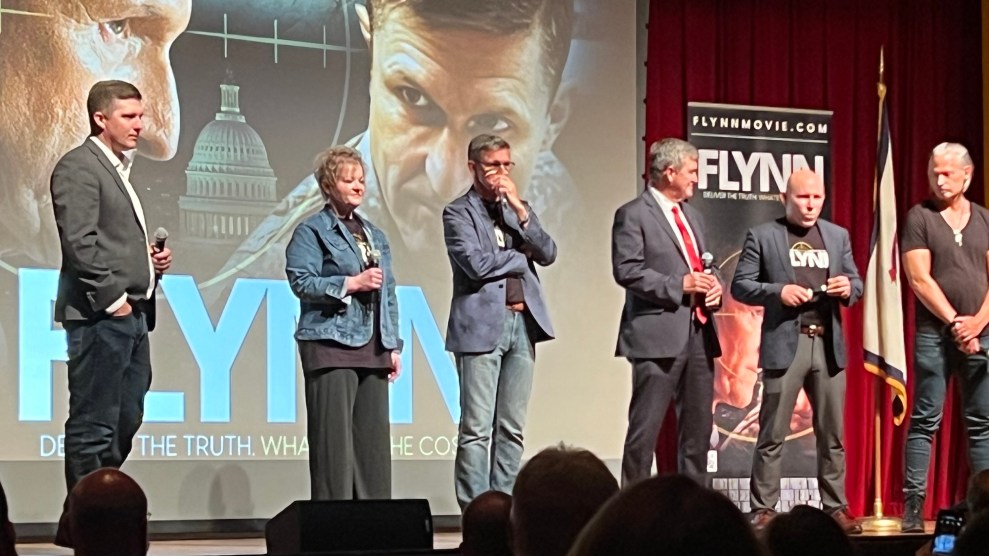Three human rights groups released more than a thousand pages of Department of Defense and CIA documents Thursday that outline how closely the two agencies worked in rendering terrorism suspects to black sites, keeping detainees’ identities secret, and tempering bad publicity for inmate treatment at Guántanamo Bay.
Most of the documents—obtained after Amnesty International, the Center for Constitutional Rights, and the Center for Human Rights and Global Justice sued under the Freedom of Information Act—simply contain news articles, but the Center for Constitutional Rights scoured the files and found three significant disclosures from the DoD.
One heavily redacted page mentions (PDF, page 34) an “undisclosed detention facility” at Bagram Air Base in Afghanistan.
Another, dated May 2004, highlights (PDF, page 17) how the Geneva Conventions can be interpreted to allow the CIA and the DoD to ghost detainees’ identities so they can be denied a visit from the International Committee of the Red Cross.
The [Geneva Conventions] also permit holding a SI (security internee) who participated in activities hostile to security of the occupying power if required by “absolute military security.”
This was done, according to a memo from the Joint Chiefs of Staff, to “maximize intelligence collection efforts.” In other words, give them more time to interrogate inmates.
The most interesting document, though, is a February 2006 email (PDF) to members of the DoD’s Transportation Command discussing how to deal with the bad press the US was receiving over its detention facilities.
US Getting Creamed on Human Rights: Coverage of UN Rapporteurs’ report on Guantanamo, plus lingering interest in Abu Ghraib photos, adds up to the US taking a big hit on the issues of human rights and respect for the rule of law.
To temper the bad PR, the email suggests delaying the release of prisoners at Gitmo “for 45 days or so until things die down. Otherwise we are likely to have a hero’s (sic) welcome awaiting the detainees when they arrive.”
It would probably be preferable if we could deliver these detainees in something smaller and more discreet than a T tail (a larger aircraft with a T-shaped tail wing).
The full list of documents can be found here.















